1. Bloodletting with Leeches
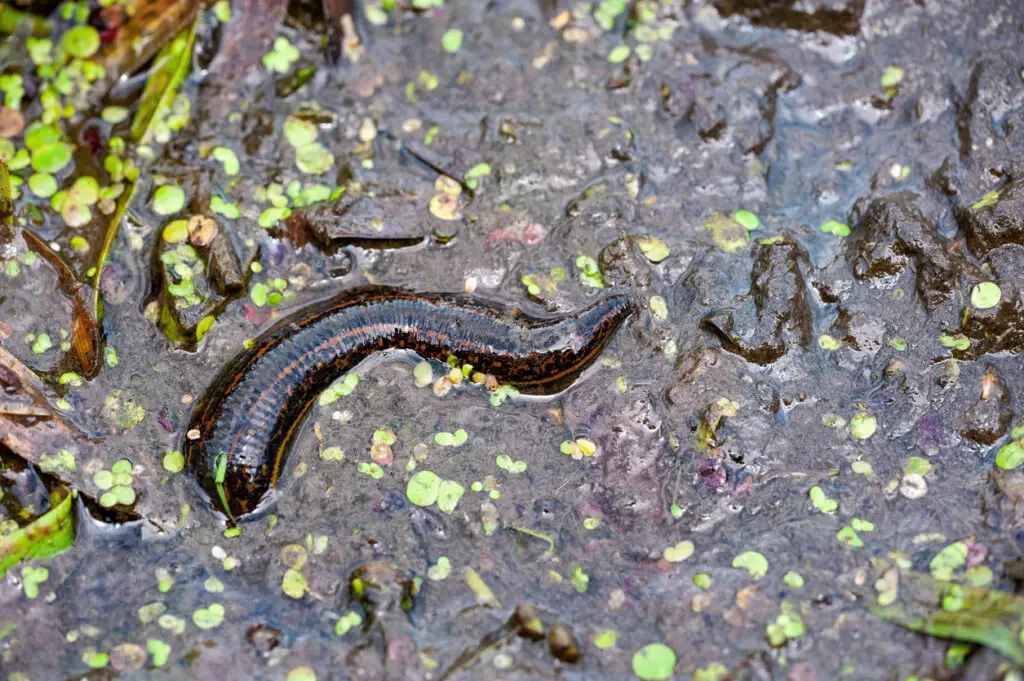
Back in the day, if you had a fever, inflammation, or just seemed a little “off,” chances are someone would suggest letting some of your blood out. That might sound horrifying now, but using leeches was once a common way to rebalance the body’s so-called humors. These squirmy little creatures were placed on the skin to suck blood, and believe it or not, the practice actually worked in certain cases. Today, leeches are still used in modern medicine, especially in microsurgery, to help stimulate blood flow and prevent clots says University Hospitals.
It’s wild to think of these little swamp dwellers being considered medical tools, but their saliva contains proteins that act as natural anticoagulants. That means they can reduce swelling and help blood circulate where it might otherwise pool. Patients recovering from reattached fingers or skin grafts have benefited from leech therapy. It’s definitely not for the squeamish, but this ancient remedy has surprisingly held its own over time adds Wikipedia.
2. Trepanation

If you’ve ever had a migraine and joked about drilling a hole in your head, well, people actually used to do that. Trepanation was the act of removing a piece of skull, usually to release pressure or evil spirits. Sounds terrifying, right? But archaeologists have found skulls showing signs of healing, meaning some patients actually survived and possibly even benefited shares the MIT Press Reader.
Believe it or not, relieving intracranial pressure can save lives in certain medical emergencies. While we use much more refined methods now, the core idea was surprisingly sound. Of course, there was no anesthesia, so it was probably as painful as it sounds. Still, for people suffering from head trauma, this brutal method may have brought some real relief adds Medical News Today.
3. Maggot Therapy
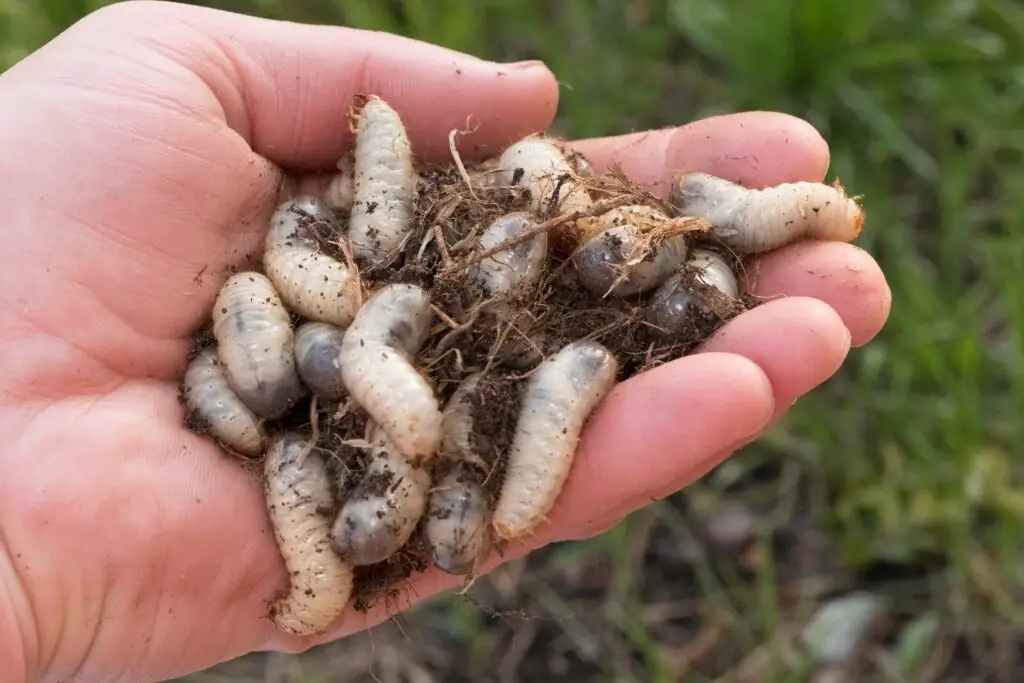
Most of us see maggots and instinctively recoil, but in medicine, they’ve actually served a life-saving purpose. Used to clean out wounds, maggots eat only the dead tissue, leaving the healthy parts untouched. This prevents infection and helps wounds heal more cleanly. It might sound like something out of a horror movie, but doctors still use sterilized maggots for this purpose today.
Especially in cases where antibiotics don’t work or wounds aren’t healing properly, maggots can be a last-resort hero. They also secrete substances that help fight bacteria. It’s not glamorous and certainly not popular with patients, but it gets the job done. Sometimes nature knows what she’s doing, even if it grosses us out.
4. Moldy Bread on Wounds
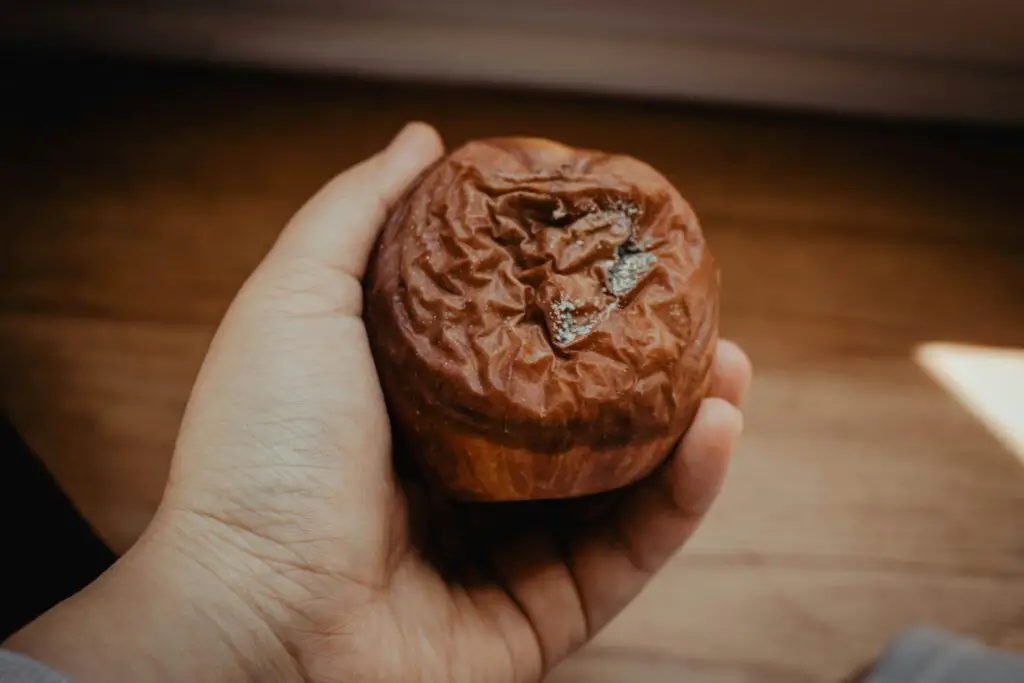
Long before penicillin was discovered, people in ancient Egypt and Greece were putting moldy bread on open wounds. It wasn’t just some random tradition, either, as the mold contained natural antibacterial properties. Without realizing it, they were using an early form of antibiotics. This folk remedy likely helped prevent infection in an era when cleanliness was hit-or-miss.
Science later confirmed that certain molds do indeed kill bacteria. While we have cleaner, more effective options today, the logic was there. It’s a great example of how observation and trial-and-error led to surprisingly useful treatments. Who knew spoiled food could end up saving lives?
5. Smoking for Asthma

Yes, you read that right. At one point in history, smoking was actually prescribed to help with asthma symptoms. People were told to inhale smoke from various herbs, like stramonium, because it was believed to open the airways. In some ways, it did offer temporary relief by relaxing bronchial muscles.
Of course, we now know how damaging smoking is to the lungs, so this advice didn’t exactly age well. Still, it’s interesting that doctors recognized the need to relax constricted airways, even if their delivery method was flawed. In a world without inhalers, a few puffs of herbal smoke probably felt like magic. The idea wasn’t totally off base, even if the execution missed the mark.
6. Fecal Transplants
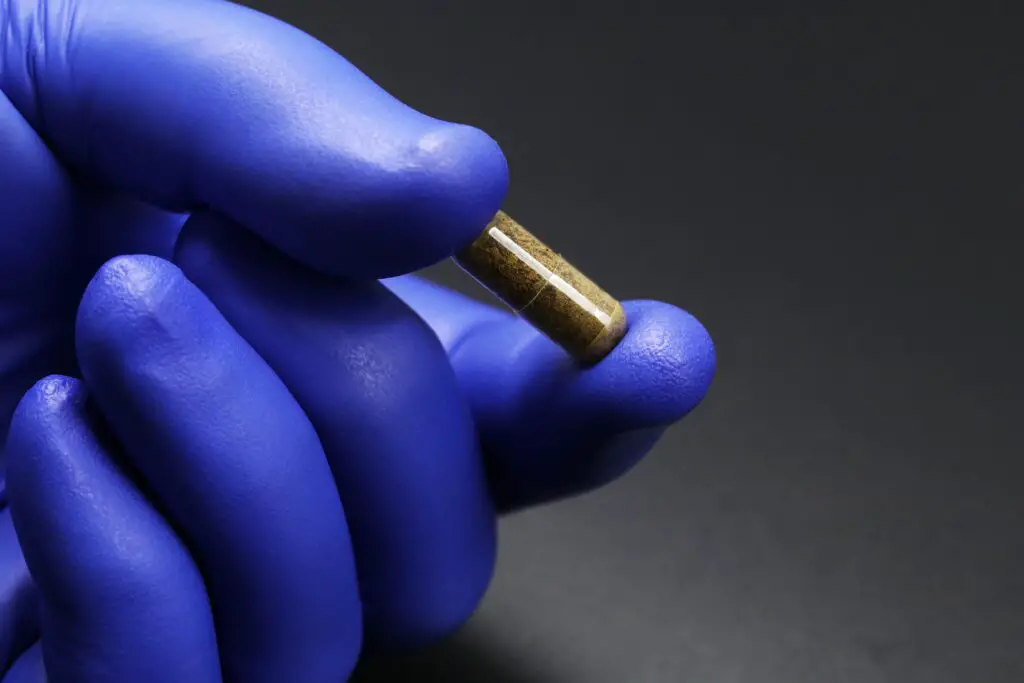
It sounds absolutely revolting, but transferring healthy fecal matter from one person to another can actually cure certain gut infections. Known as fecal microbiota transplantation (FMT), this process restores balance to the gut microbiome. It’s especially effective for treating Clostridium difficile, a stubborn and potentially deadly bacterial infection. Ancient Chinese medicine actually included versions of this practice, calling it “yellow soup.”
Today, it’s done in a much more sanitary and clinical way, thankfully. The results are often dramatic, with patients recovering quickly after months of illness. Scientists are still discovering just how crucial gut bacteria are to overall health. Sometimes the cure really is in the crap, strange as that may be.
7. Mercury for Syphilis
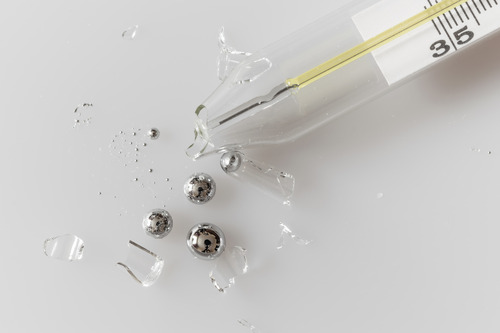
Before antibiotics, syphilis was a death sentence, so people were willing to try anything—including mercury. Patients would inhale mercury vapors or have the liquid applied to sores. While mercury is toxic, it did have some antimicrobial effects that may have slowed the disease temporarily. Unfortunately, the side effects were awful, often worse than the illness itself.
Still, this bizarre treatment did offer brief glimpses of improvement. It was messy and dangerous, but in an era without penicillin, desperate times called for desperate measures. The phrase “a night with Venus, a lifetime with Mercury” came from this very practice. That’s one historical hookup no one wants to repeat.
8. Cannibalistic Medicine
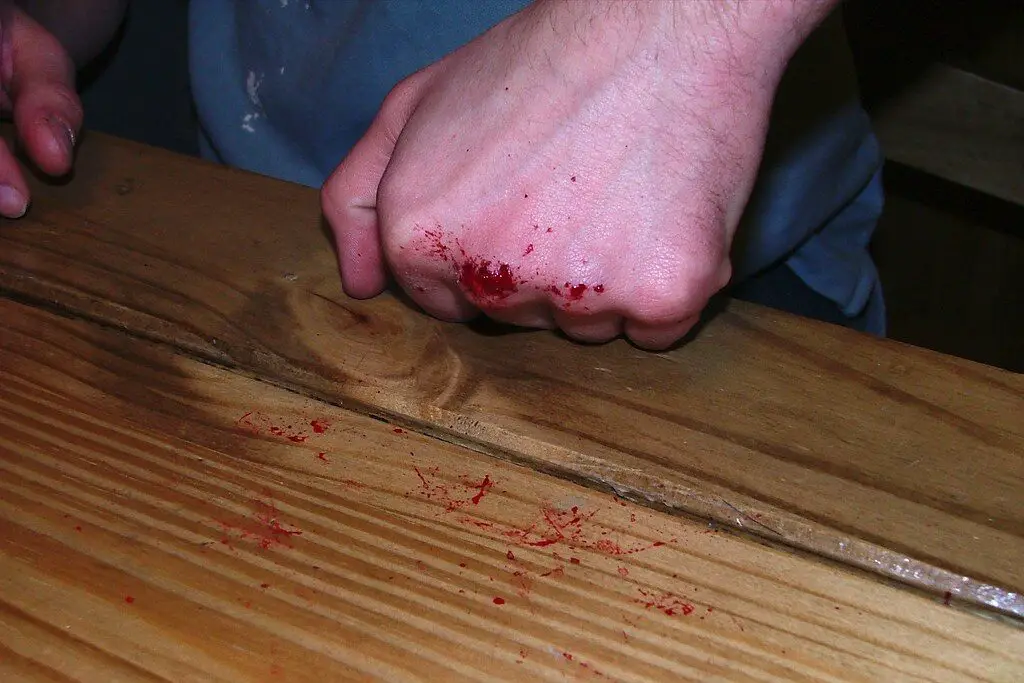
In medieval Europe, people believed that consuming parts of a deceased person could cure illnesses. Blood, fat, and even powdered skulls were sold as remedies for everything from epilepsy to nosebleeds. The thinking was that consuming the life force of another would transfer their vitality. Morbid? Absolutely. But some of the ingredients did contain minerals that offered minor benefits.
This practice wasn’t limited to peasants, either—royalty and scholars also took part. While modern medicine rightly condemns it, it shows how far people would go to find relief. Some mixtures may have had placebo effects, or trace benefits from iron-rich blood. Either way, this one definitely ranks high on the list of creepy cures.
9. Animal Dung Poultices
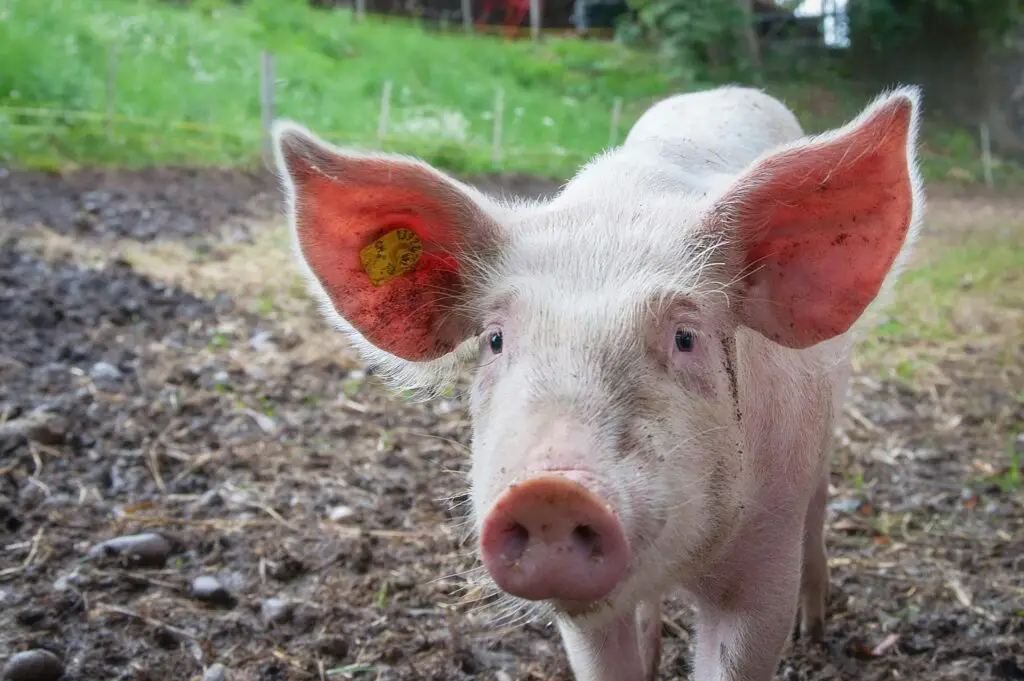
From crocodile dung in ancient Egypt to pig manure in medieval Europe, animal feces were once considered valuable healing agents. They were mixed into poultices and applied to wounds, supposedly to draw out infection. While it sounds completely unsanitary, some dung types did contain natural enzymes and compounds that helped fight bacteria. That said, the risk of adding more infection was pretty high.
What’s fascinating is that in a few cases, these remedies may have worked better than expected. The presence of ammonia and other chemicals likely contributed to their healing effects. But more often than not, they probably did more harm than good. It’s one of those practices that kind of worked—but was definitely not worth the risk.
10. Snake Venom as Pain Relief
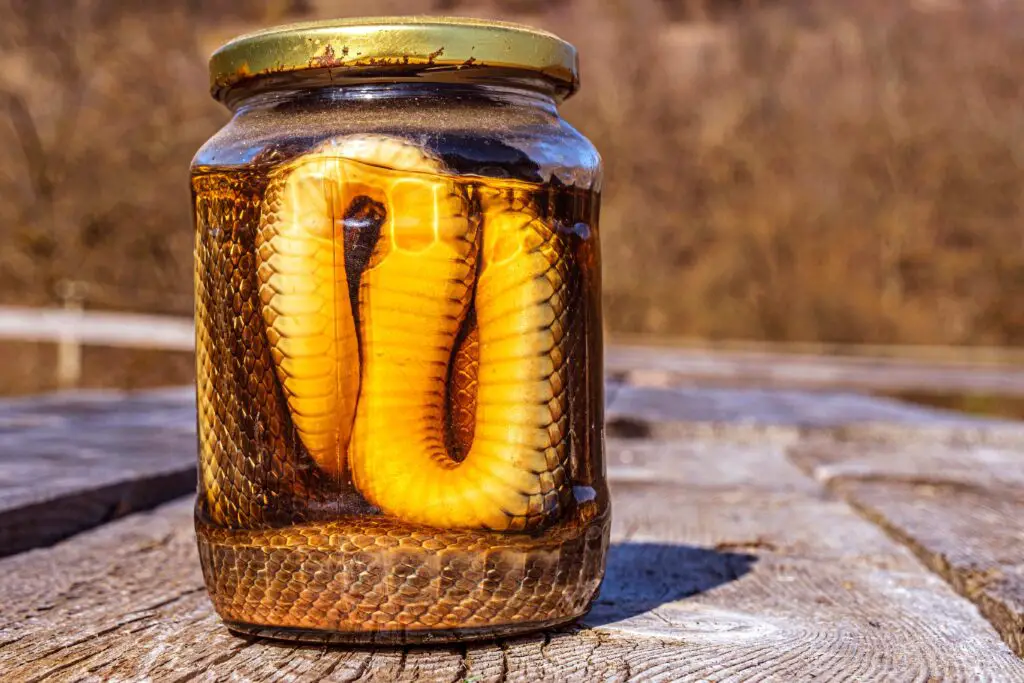
The idea of injecting snake venom into your body sounds like a terrible plan, but it’s actually been used as a form of pain management. Certain snake venoms contain proteins that block nerve signals and reduce inflammation. In small doses, they’ve shown promise in treating chronic pain conditions like arthritis. The key, of course, is administering it in a controlled, medical setting.
Some cultures used venom topically or in ritualistic ways, believing it could drive out illness. Today, researchers are even developing medications based on snake venom compounds. It’s a reminder that some of the most dangerous things in nature can also hold the key to healing. You just have to know how to handle them—very carefully.
11. Urine Therapy

Yes, people actually drank their own urine, believing it had healing properties. Some cultures also used it to clean wounds or treat acne. While that sounds like something out of a survival manual, there’s a bit of science behind the idea. Urine is sterile when it leaves the body and contains small amounts of hormones and nutrients.
In rare cases, using urine to flush wounds may have helped prevent infection. However, drinking it provides little to no health benefit and is generally not recommended. Still, people swore by it for centuries, and some alternative health circles still promote it today. Just because it’s natural doesn’t mean it’s a good idea.
12. Corpse Touch for Warts
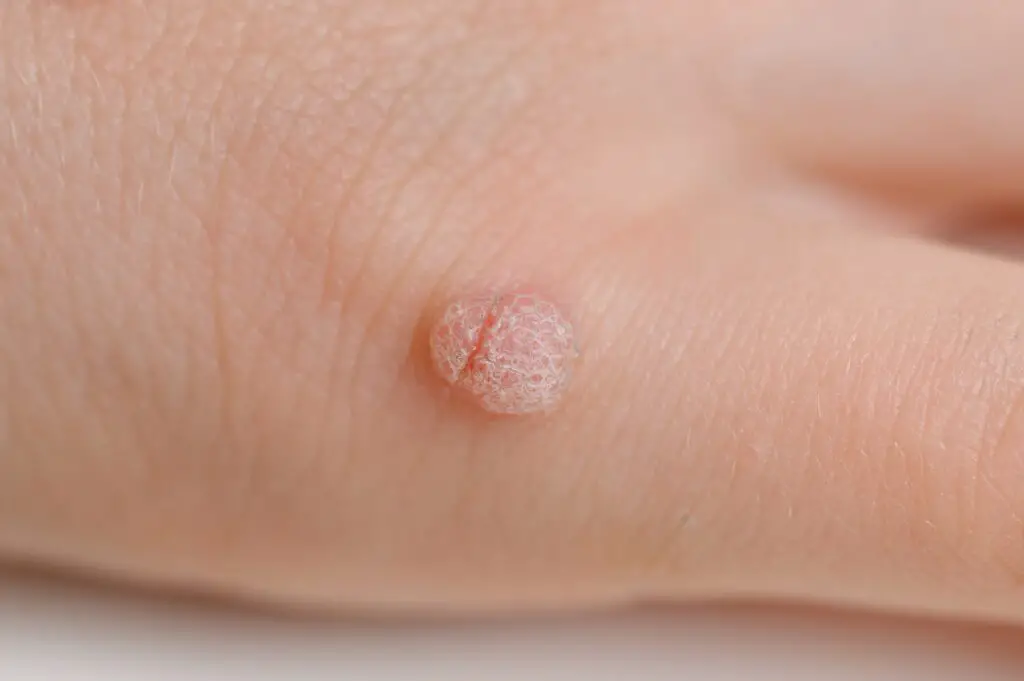
In 17th-century England, a common wart remedy involved touching the hand of an executed criminal. It was believed that the “life force” leaving the body could somehow heal skin issues. As strange as it sounds, this method was widely accepted and even endorsed by doctors of the time. While there’s no scientific reason why it would work, some people claimed their warts disappeared afterward.
This may have had more to do with the power of belief than any real medicinal value. Placebo effects are strong, and rituals can play a big role in how we perceive healing. Still, the idea of lining up to touch a corpse is more than a little unsettling. But in a time with few dermatological solutions, people were willing to try anything.
13. Clay Eating
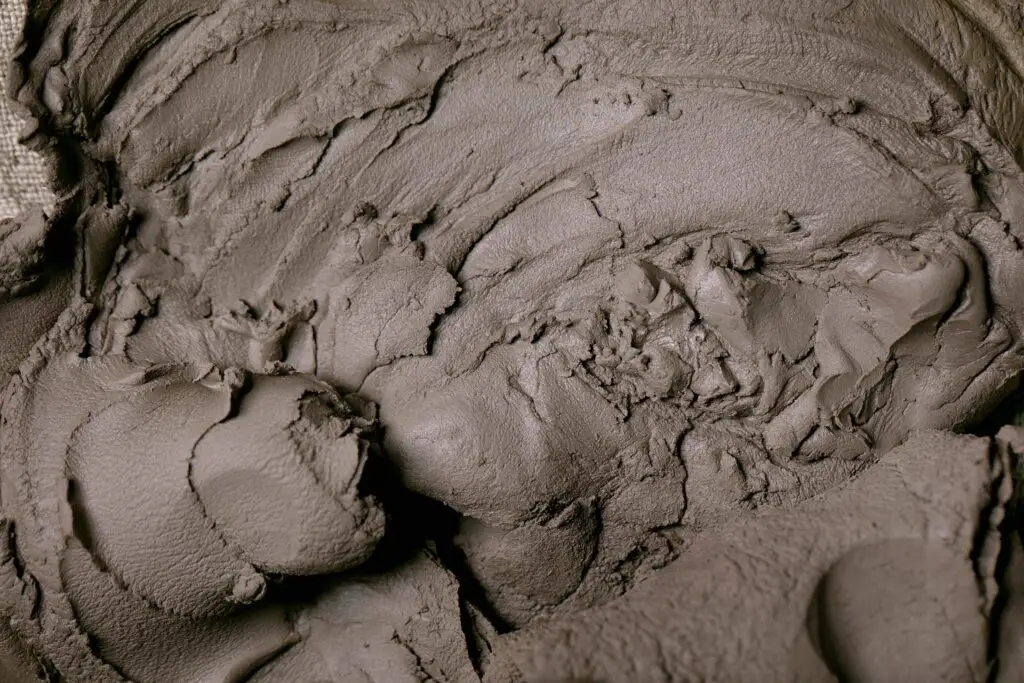
Clay has been consumed by humans for centuries as a way to detoxify the body. Known as geophagy, this practice can help bind toxins in the stomach and intestines. Some types of clay, like bentonite, have natural antibacterial and anti-inflammatory properties. In parts of Africa and the southern United States, it was used to settle upset stomachs and even during pregnancy.
Modern medicine has since found that certain clays do have medicinal potential. They can absorb bacteria and toxins, and even help with diarrhea. However, not all clay is safe to eat, and overdoing it can cause serious issues. Still, for those who practiced moderation, this earthy remedy wasn’t as far-fetched as it sounds.
